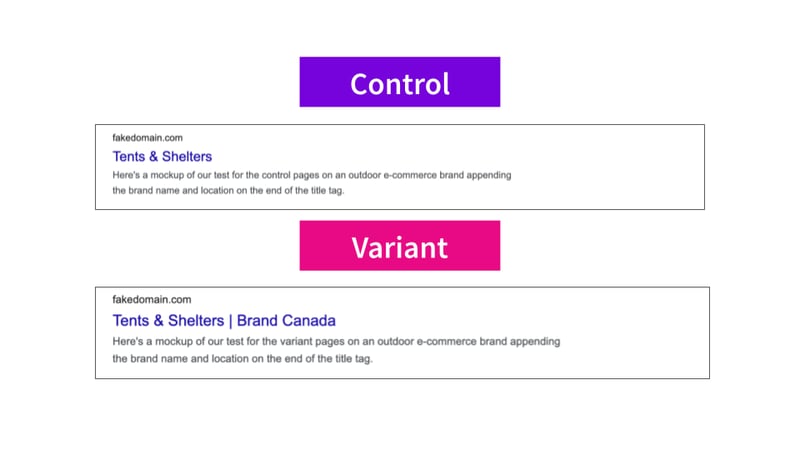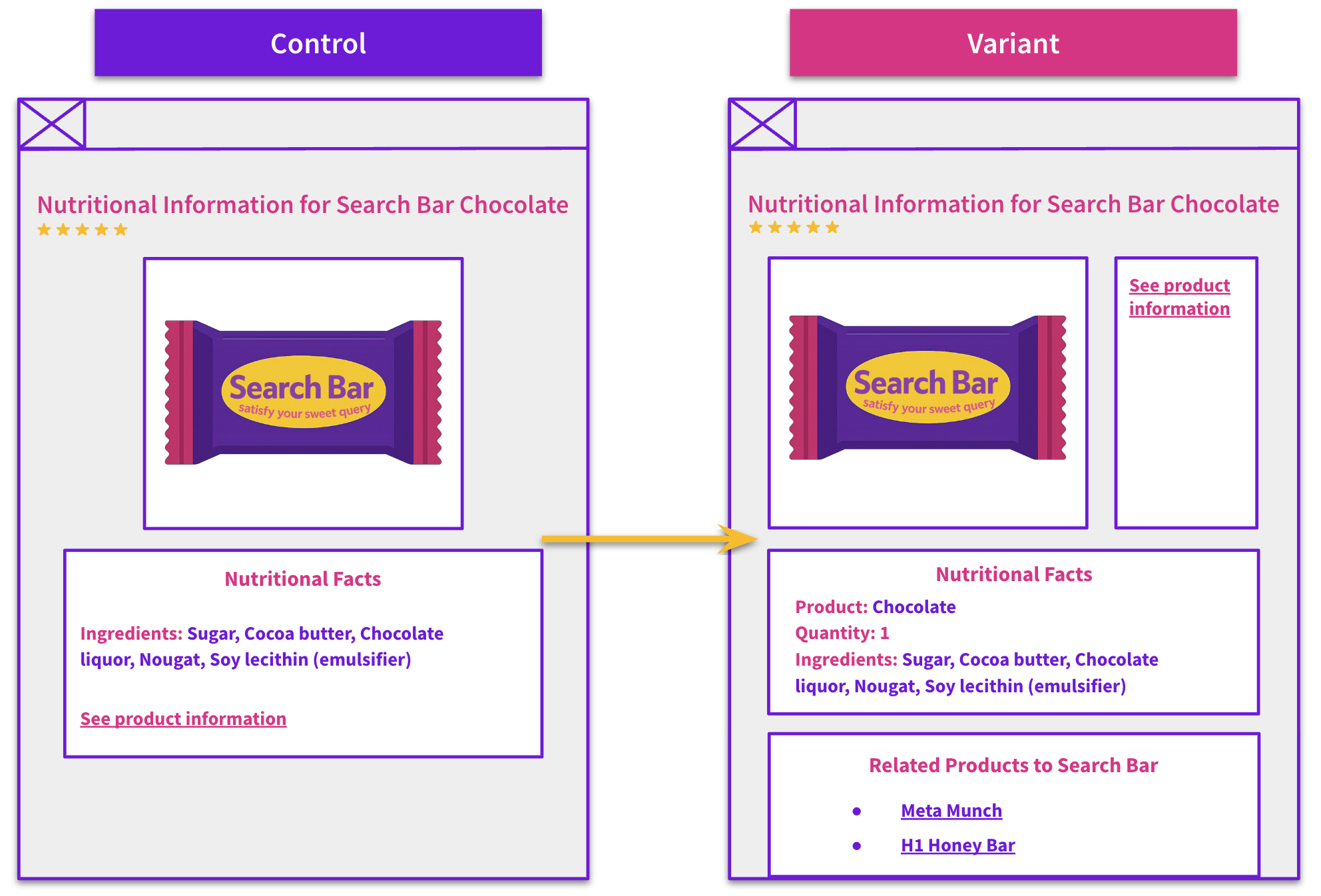Start here: how our SEO split tests work
If you aren't familiar with the fundamentals of how we run controlled SEO experiments that form the basis of all our case studies, then you might find it useful to start by reading the explanation at the end of this article before digesting the details of the case study below. If you'd like to get a new case study by email every two weeks, just enter your email address here.
In this week’s #SPQuiz, an ecommerce customer for outdoor wear tested whether appending the brand name and location at the end of a title tag made any impact on organic traffic. The change would add the brand name of the customer followed by a locale, Canada, to the existing title tag, This change was only implemented on their Canadian domain.
We asked our followers on both Twitter and LinkedIn what they thought the impact would be on organic traffic.
Here is what they thought:
Twitter Poll
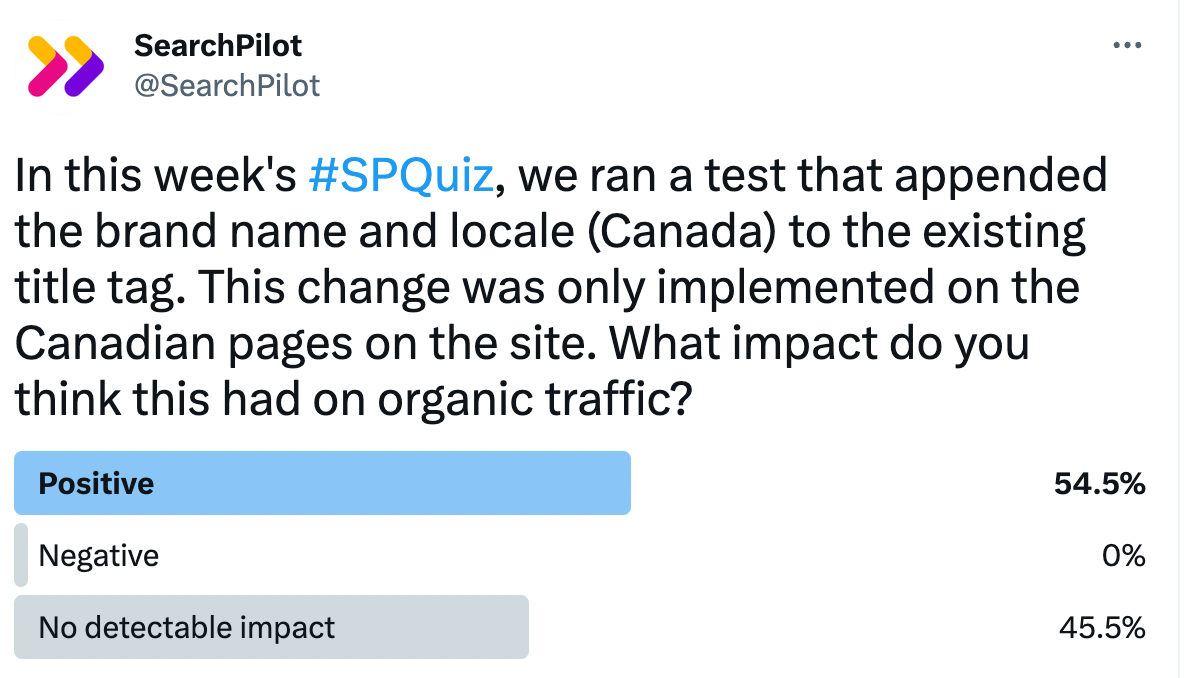
LinkedIn Poll
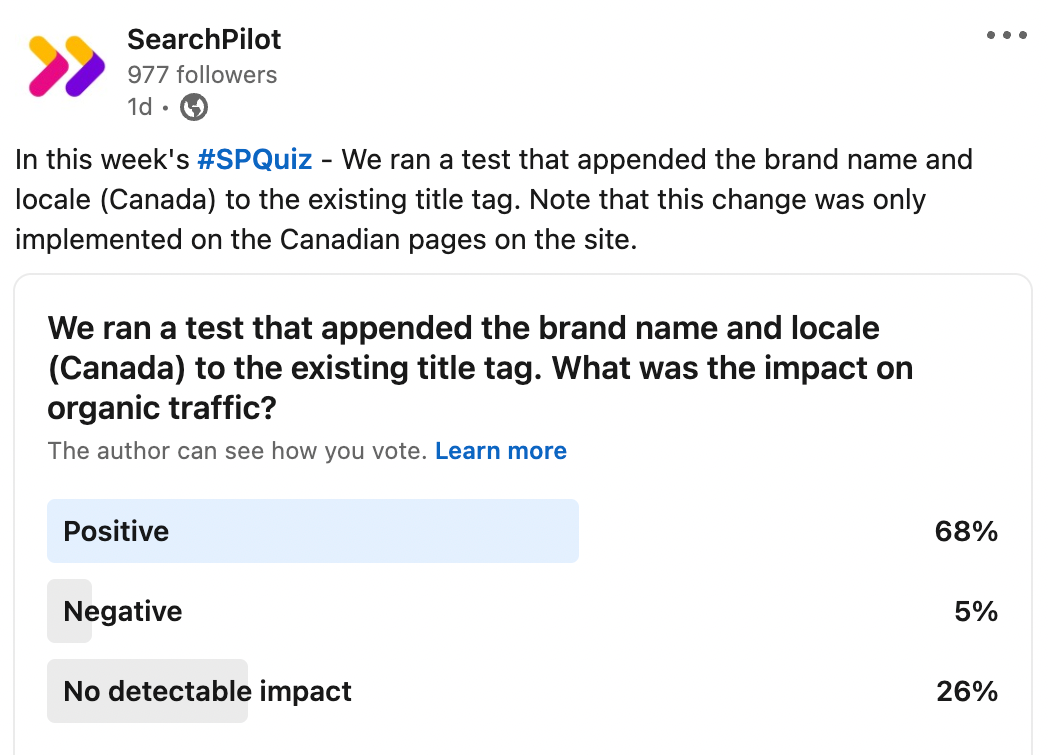
It was close but over half of our twitter followers got it right and thought this change would have a positive effect on the organic traffic with no detectable impact coming in as a close second. About a third of our LinkedIn followers also thought this would have a positive impact on our organic traffic with only 5% thinking it would negatively impact it. Read on to find out how the test turned out.
The Case Study
We know that Google is ever-evolving however, one thing remains the same; the importance of a site’s expertise, authority, trustworthiness, and brand recognition.
There are several reasons why appending your brand name to the title tag can increase your organic traffic. Firstly, this can help establish brand recognition and makes it easier for users to identify your website. Users can differentiate the site from competitors, leading to increased click-through rates and higher engagement. Secondly, adding the location makes a site relevant in a specific geographic area. Google will identify the page as relevant for users’ localization, and users can be certain the website serves their region.
On the other hand, adding too much text to the title tag, such as the location, can make it too long and may cause it to truncate in search results, which could have a negative effect on organic traffic. When title tags are truncated in search results by Google, the text can end up not being visible to the user. We know that search engines have limited space to display the title tag for each result, usually resulting in a limit of around 60 characters. Anything beyond this can get cut off, and this may have been the case with appending the brand name and the locale. It is also important to note that Google now often rewrites title tags in the SERPs, in this case though we did see the change showing up in search results.
The hypothesis for the test was that appending the brand name and location to the end of the title tag will improve organic traffic, due to an increase in the relevance, visibility, and trust of the site. We utilized the SearchPilot platform to implement this change to all the title tags in the Canadian domain. Two versions of the page were created: a control without the brand name and location at the end of the title tag and a variant with the appending title tag including the brand name and location. The change could be seen in the SERPs like the below example:
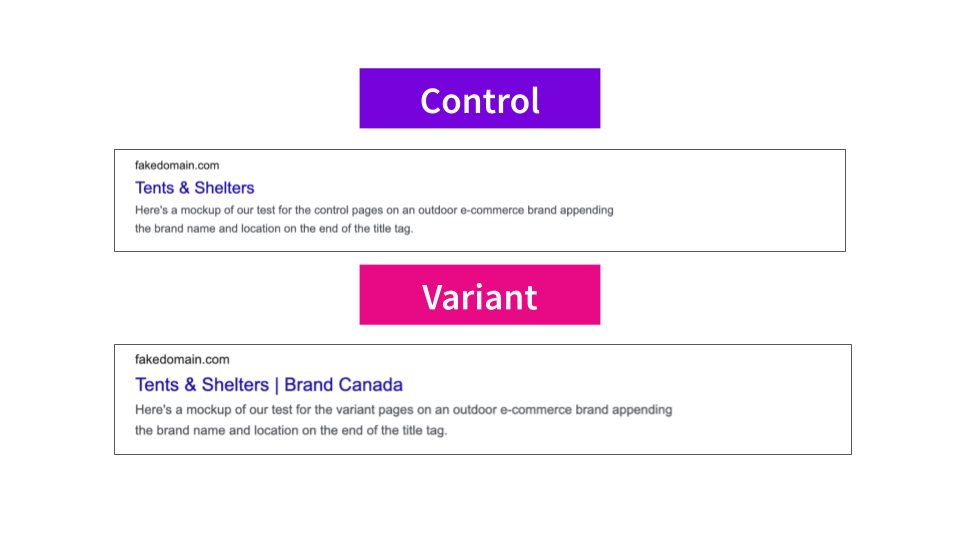
The following chart shows the impact these changes had on the variant pages:
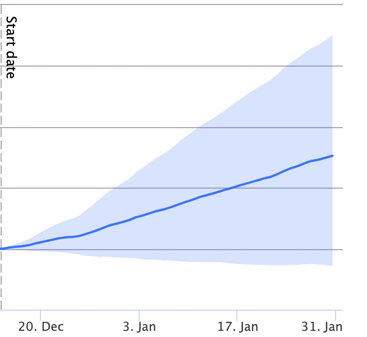
The results showed an impressive positive result of a +9% uplift! However, it was positive at a lower level of confidence rather than at the standard 95% threshold; you can read here to learn more about how we make decisions about tests that don’t reach statistical significance at this threshold. The test showed that adding the brand name and location to the end of the title tag was likely to drive more organic traffic to these pages. This result supports our hypothesis that this small but effective change improved the pages’ visibility in the preferred location, providing the search engines information to prioritize the site as it had a clear connection to the location users were searching.
Adding the location also helped establish the site as relevant to users in that region and the inclusion of the brand name helped send authority signals due to it being a well recognised brand. The customers’ style of title tags are clear and concise, so there were no instances of truncation in the search results.
The customer was able to use SearchPilot’s meta-CMS functionality to immediately reap the benefits of this improved title tag structure.
How our SEO split tests work
The most important thing to know is that our case studies are based on controlled experiments with control and variant pages:
- By detecting changes in performance of the variant pages compared to the control, we know that the measured effect was not caused by seasonality, sitewide changes, Google algorithm updates, competitor changes, or any other external impact.
- The statistical analysis compares the actual outcome to a forecast, and comes with a confidence interval so we know how certain we are the effect is real.
- We measure the impact on organic traffic in order to capture changes to rankings and/or changes to clickthrough rate (more here).
Read more about how SEO A/B testing works or get a demo of the SearchPilot platform.
